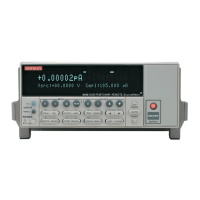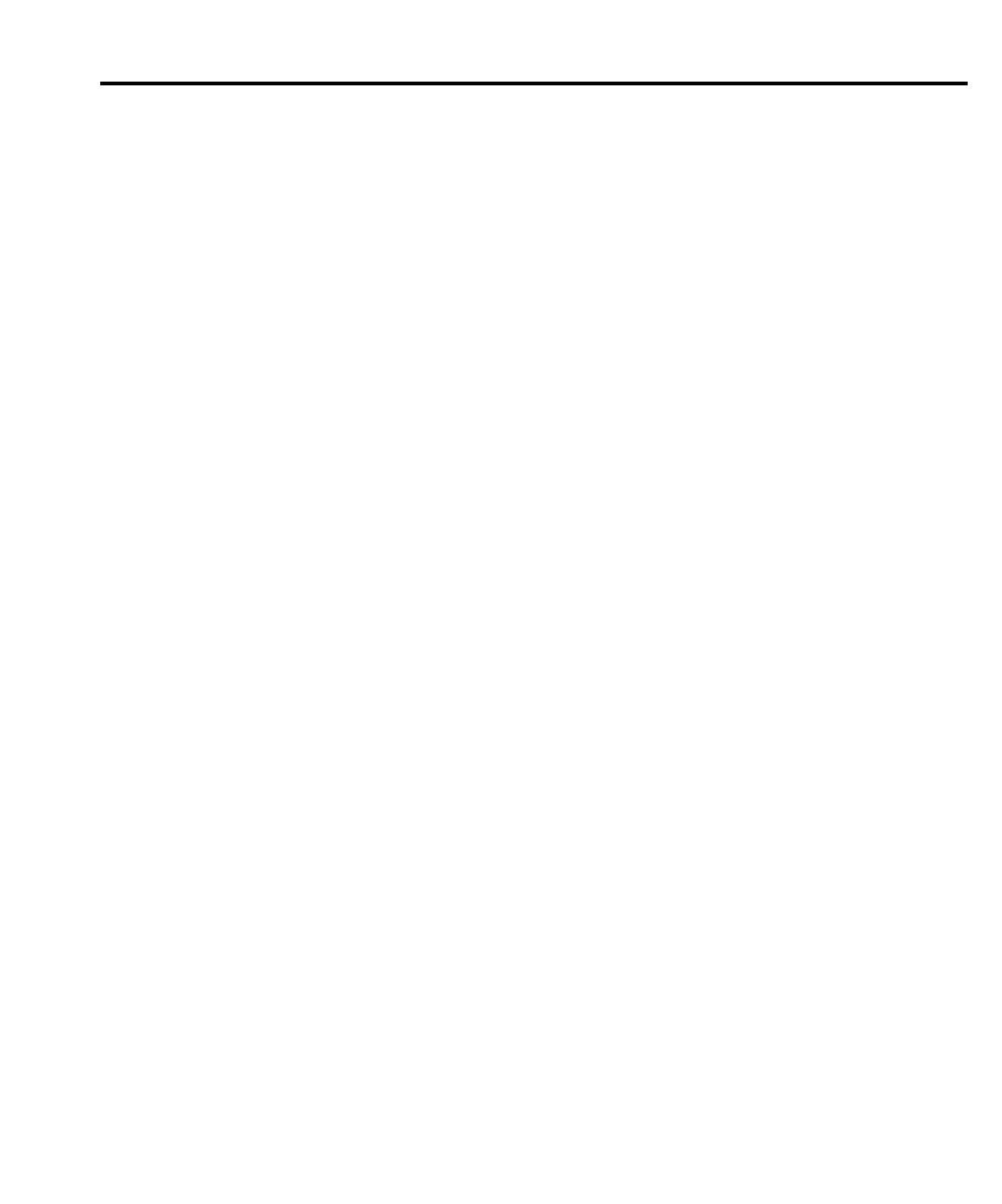SCPI Command Reference 17-33
Configure and control limit tests
:COMPliance:FAIL <name>
:CALCulate2:LIMit[1]:COMPliance:FAIL <name>
Parameters <name> = IN Fail Limit 1 test when unit goes into
compliance
OUT Fail Limit 1 test when unit comes out of
compliance
Query :FAIL? Query when Limit 1 test failure occurs
Description This command is used to specify the condition that will cause Limit 1 test to
fail. With IN specified, the test will fail when the SourceMeter goes into
compliance. With OUT specified, the test will fail when the SourceMeter
comes out of compliance.
[:DATA] <n>
:CALCulate2:LIMitx:LOWer[:DATA] <n> Specify lower LIMIT x (x = 2, 3, 5-12)
:CALCulate2:LIMitx:UPPer[:DATA] <n> Specify upper LIMIT x (x = 2, 3, 5-12)
Parameters <n> = -9.999999e20 to Specify limit value
9.999999e20
DEFault Set specified lower limit to -1
Set specified upper limit to 1
MINimum Set specified limit to -9.999999e20
MAXimum Set specified limit to +9.999999e20
Query :UPPer? Query specified upper limit
:UPPer? DEFault Query *RST default upper limit
:UPPer? MINimum Query lowest allowable upper limit
:UPPer? MAXimum Query largest allowable upper limit
:LOWer? Query specified lower limit
:LOWer? DEFault Query *RST default lower limit
:LOWer? MINimum Query lowest allowable lower limit
:LOWer? MAXimum Query largest allowable lower limit
Description These commands are used to set the upper and lower limits for LIMIT 2,
LIMIT 3, and LIMIT 5 through LIMIT 12 tests. The actual limit depends on
which measurement function is currently selected. For example, a limit
value of 1µ is 1µA for the amps function and 1µV for the v olts function. A
limit value is not range sensitive. A limit of 2 for volts is 2V on all measure-
ment ranges.

